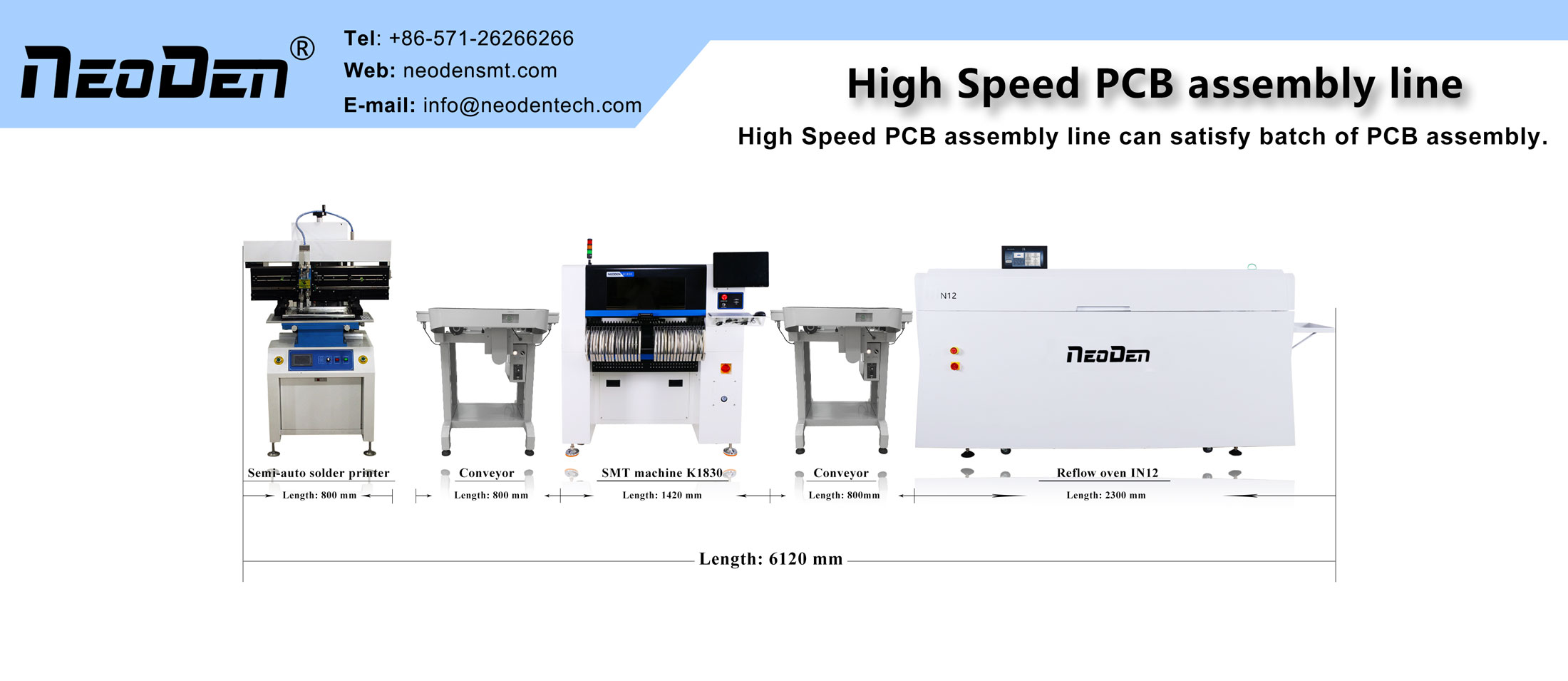When it comes to printed circuit boards, we cannot forget the important role of auxiliary materials. Currently, the most commonly used tin-lead solder and lead-free solder. The most famous is 63Sn-37Pb eutectic tin-lead solder, which has been the most important electronic soldering material for nearly 100 years.
Due to its good oxidation resistance at room temperature, tin is a low melting point metal with a soft texture, and good ductility. Lead is not only a soft metal with stable chemical properties, oxidation resistance, and corrosion resistance, but also has good moldability, and castability, and is easy to process and mold. Lead and tin have good mutual solubility. Adding different proportions of lead to tin can form high,, medium, and low temperature solder. In particular, 63Sn-37Pb eutectic solder has excellent electrical conductivity,, chemical stability,, mechanical properties and processability, low melting point and high solder joint strength, is an ideal material for electronic soldering. Therefore, tin can be combined with lead, silver, bismuth, indium and other metal elements to form high, medium and low temperature solder for various applications.
Basic physical and chemical properties of tin
Tin is a silver-white lustrous metal with good resistance to oxidation at room temperature and retains its luster when exposed to air: with a density of 7.298 g/cm2 (15) and a melting point of 232, it is a low melting point metal with a soft texture and good ductility.
I. The phase change phenomenon of tin
The phase change point of tin is 13.2. white boron tin at a temperature higher than the phase change point; when the temperature is lower than the phase change point, it begins to turn into a powder. When the phase change occurs, the volume will increase by about 26%. Low temperature tin phase change causes the solder to become brittle and the strength almost disappears. The rate of phase change is fastest around -40, and at temperatures below -50, metallic tin transforms into powdered gray tin. Therefore, pure tin cannot be used for electronic assembly.
II. The chemical properties of tin
1. Tin has good corrosion resistance in the atmosphere, not easy to lose the luster, not affected by water, oxygen, carbon dioxide.
2. Tin can resist the corrosion of organic acids and has a high resistance to neutral substances.
3. Tin is an amphoteric metal and can react with strong acids and bases, but it cannot resist chlorine, iodine, caustic soda and alkali.
Corrosion. Therefore, for assembly boards used in acidic, alkaline and salt spray environments, a triple anti-corrosion coating is required to protect the solder joints.
There are advantages and disadvantages, these are the two sides of the coin. For PCBA manufacturing, it is important to consider how to choose the right tin-lead solder or even lead-free solder according to different products in quality control.
Post time: Dec-21-2021

